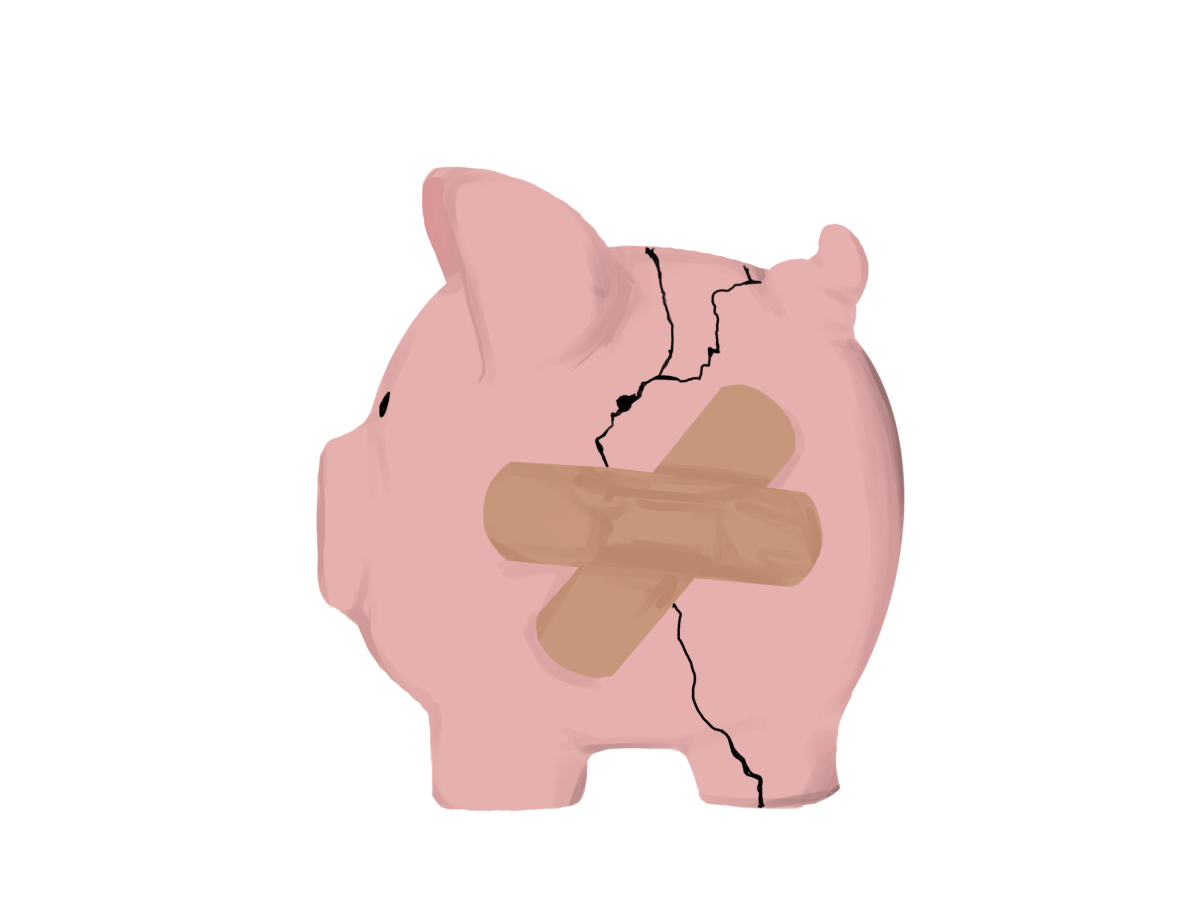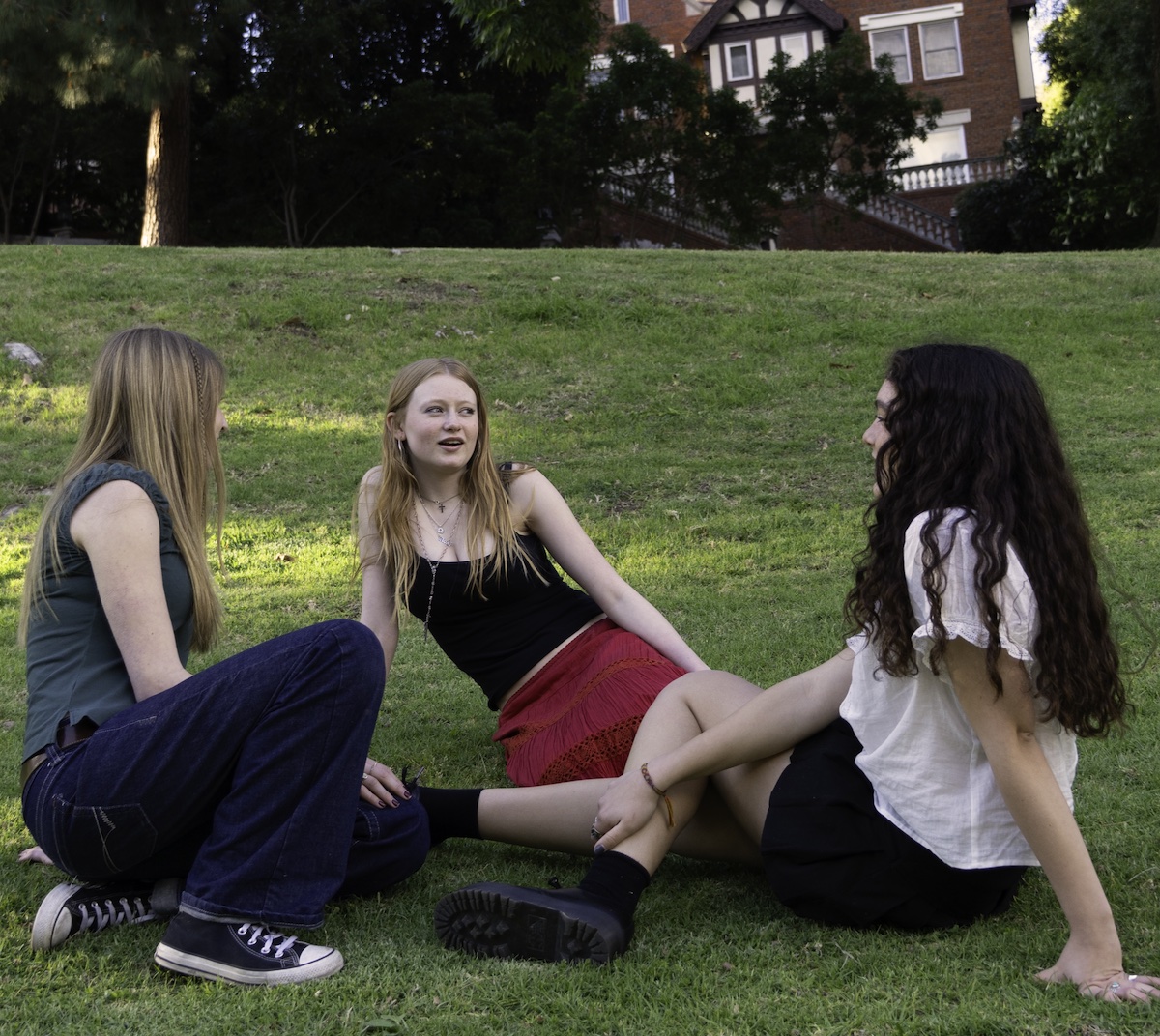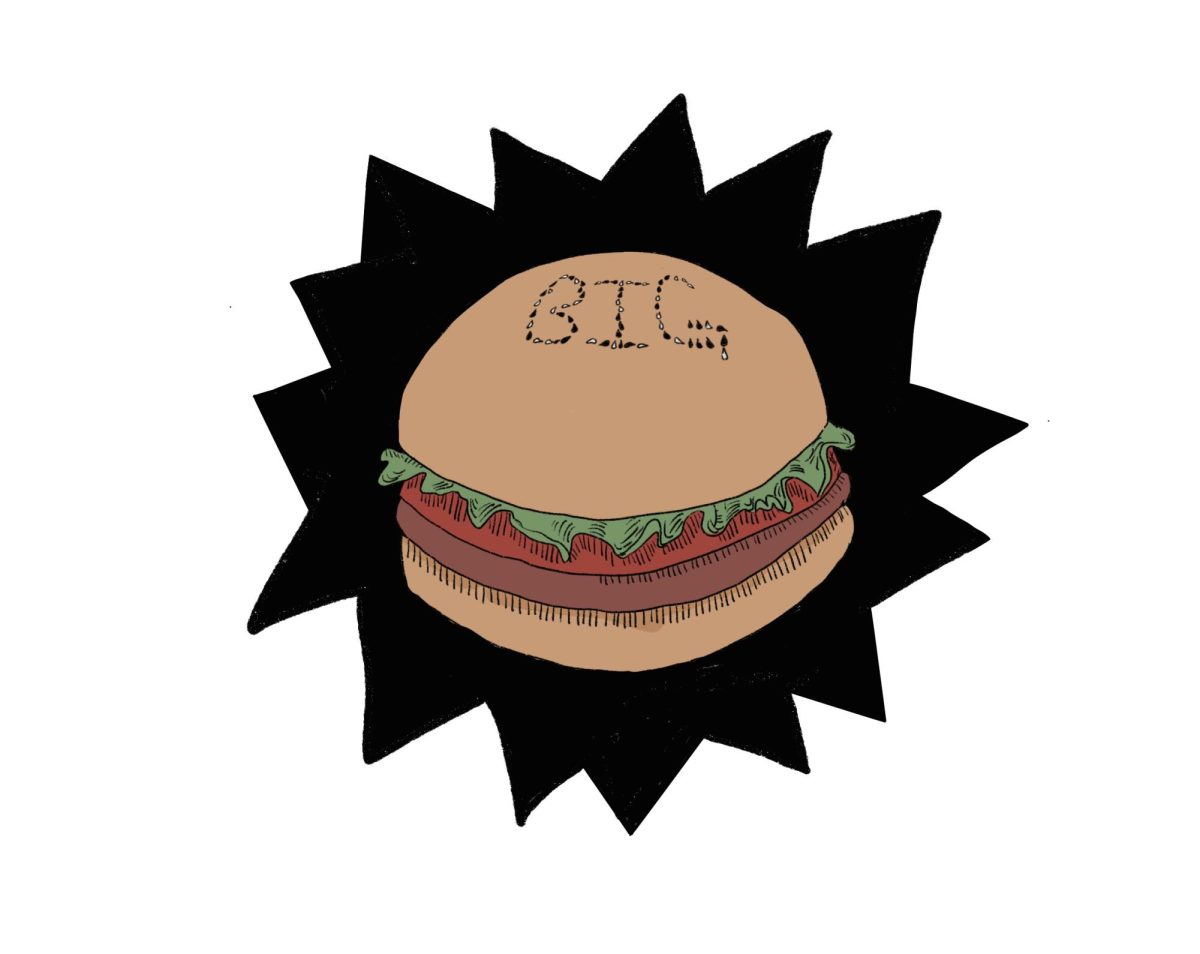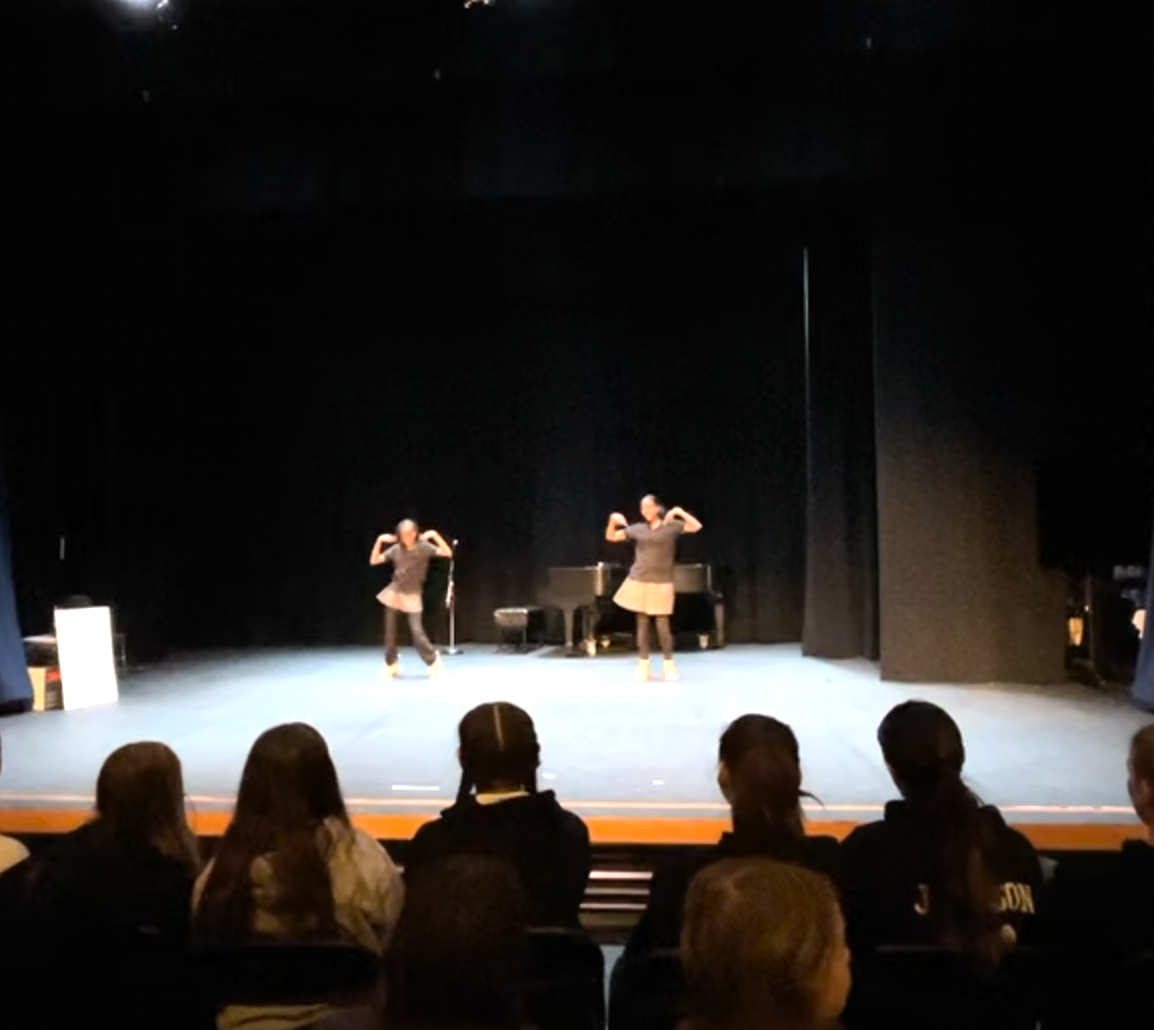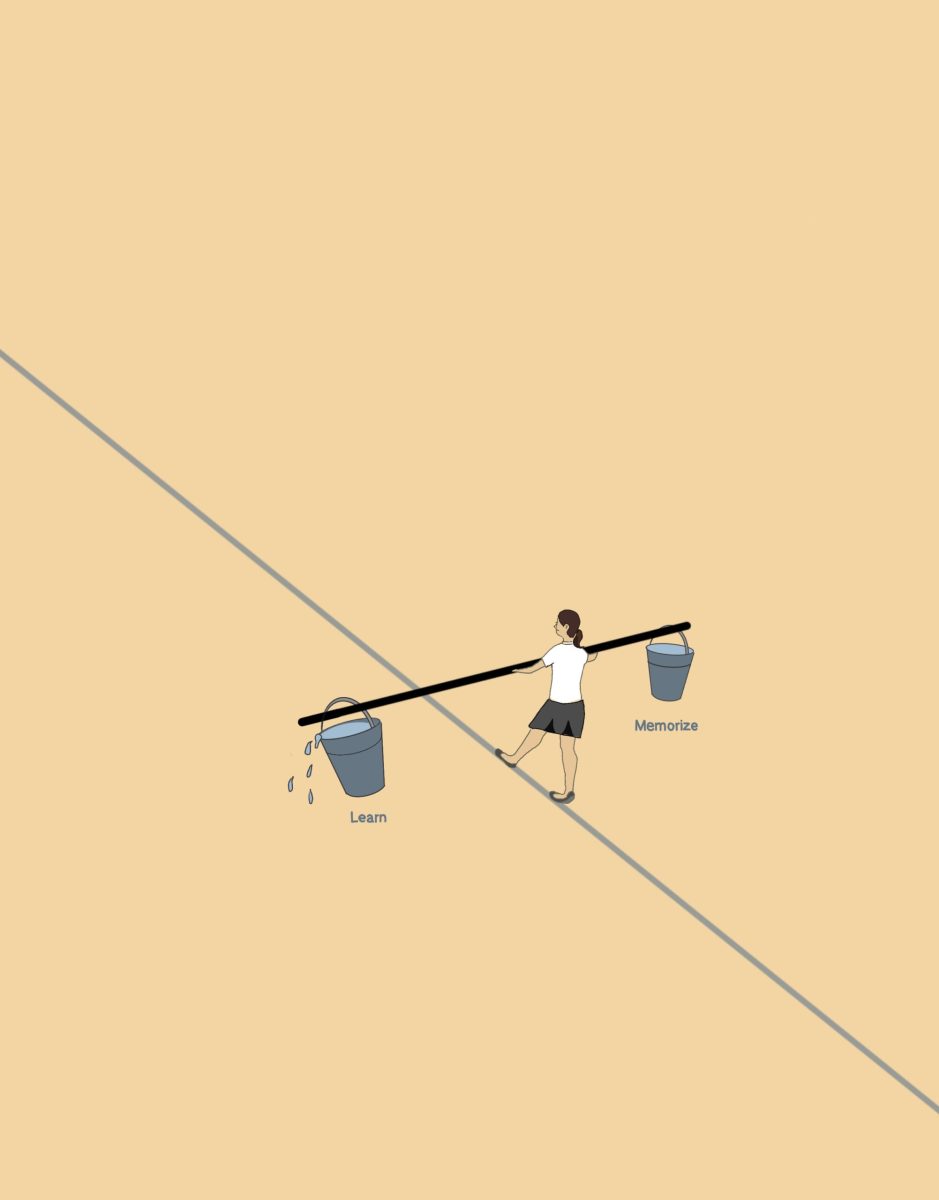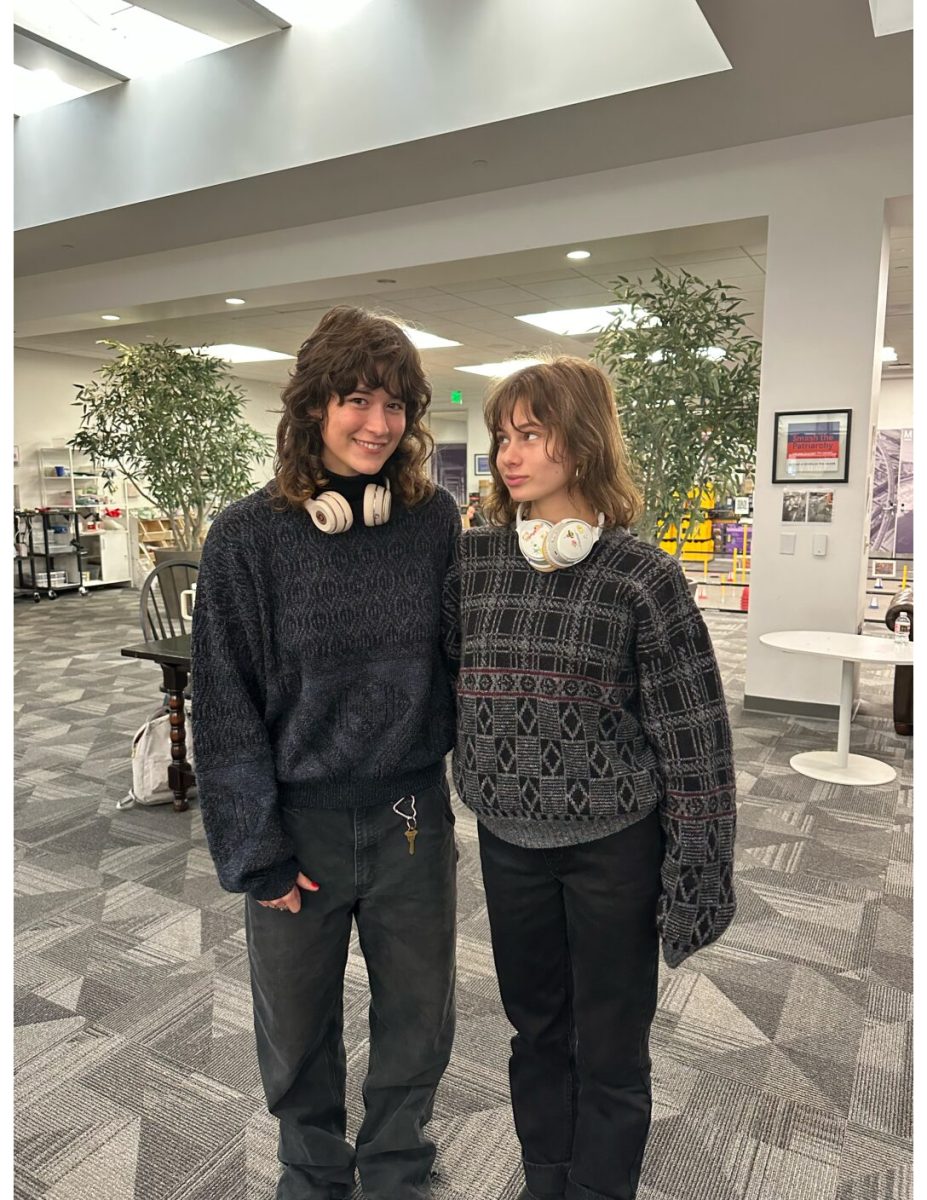By Paige ’22 and Sophie ’21
YouTube is the convergence of every niche trend and popular topic in today’s world. From lifestyle videos to mukbangs to ASMR, YouTube is a diverse platform where anybody can upload content.
This platform has transformed the way people consume media and, for those who use it, has created opportunities for constant stimulation and content creation. YouTube has made fame more accessible to ordinary people, altering the public’s view of celebrities and marking a departure from traditional conceptions of stardom.
YouTube has undergone a transformation since its founding. In 2005, most content available on the site was reproduced or pirated from TV shows, movies and plays. As YouTube matured, more people began to produce and upload their own content, creating the environment on the platform we see today.
According to Colorado State University, YouTube’s capacity for massive data imports helps explain how its content has been able to change so drastically over its 14-year existence: “Over 400 hours of video content is uploaded to YouTube every minute. YouTube’s audience and content creators are growing at breakneck speed.” So it isn’t a surprise that some content creators can rake in millions of dollars per year in advertising and merchandising revenue.
The revenue that YouTubers gain from ads and merchandise has grown significantly every year since its founding. Forbes made a list of the top ten highest-paid YouTube stars of 2018, with half of them being young, male gamers earning a minimum of $14.5 million that year. This abundance of revenue was not nearly as prevalent in the early days of the platform when major forms of corporatism had not yet realized YouTube videos’ marketing potential. According to YouTube, the number of channels earning at least a million dollars per year grows over 40% annually.
The main source of revenue for YouTubers comes from merchandising and advertising efforts that grow a channel’s popularity and favorability in the platform’s algorithm.
YouTube’s changing algorithm is summarized in the same article from Colorado State University: “YouTube’s algorithm serves to render the most personalized content to its users. YouTube analyzes viewer behavior on videos watched, click through rates, average time spent, engagement – likes, dislikes, comments – and explicit feedback submissions among hundreds of data points.”
Early YouTubers were known for personal video blogs, where they formed connections with their viewers by discussing real aspects of their own lives. These types of videos are still present on the platform today, with a good majority of viewers still favoring the somewhat real and personal connections with people they watch online. However, a new wave of YouTube content is becoming more popular, that better takes advantage of the platform’s algorithm.
A Creator’s Perspective
In addition to the transformation of content, YouTube’s marketing strategies have shifted since its founding. The payment algorithm on the platform is very secretive and the requirements for monetization of a channel are difficult to achieve, as large companies, most notably Google (which owns YouTube and decides which advertisers can partner with creators), possess a prominent authority over YouTube.
The significant influence that big corporations have regarding which videos become popular, and therefore make the most money, has greatly changed the ways in which content is made and then received by the viewers.
Director of Entrepreneurship and Innovation Regina Rosi Mitchell has her own YouTube channel about step-parenting.
“To actually get paid on YouTube, which I am nowhere close to, you have to have a minimum of 4,000 hours viewed on your channel within the last 12 months, and you have to have a minimum of 1,000 subscribers,” Rosi Mitchell said.
Through her experience as a content creator, Rosi Mitchell said she discovered various aspects about the platform and video production that were not as apparent as a viewer.
“YouTube is great for testing different concepts and seeing what people gravitate towards, but I found it takes a really long time to produce a high quality video,” Rosi Mitchell said.
She also said she noticed the extreme specificity and precision of YouTube’s algorithm that keeps the vast majority of content hidden from viewers. The algorithm takes into account watch time, relevancy, views, user history and many other factors, which means only a certain number of videos that excel in all these categories will appear when a viewer searches with a key phrase or word. This selectiveness can change the way creators make their videos.
“The most significant change in YouTube’s algorithm that I’ve noticed as a creator is getting your content to even show up, because so much content is uploaded every minute,” Rosi Mitchell said.
Rather than creating content that personally appeals to them and their fans, many YouTubers are now adhering to a larger system of corporatism and monetization by uploading videos that they know will appeal to the algorithm categories; in other words, the videos that will get the most sponsors for Youtube.
In an article from The Guardian, a variety of YouTubers were asked about their experiences with the selective algorithm. Licensed therapist and YouTuber Kati Morton discussed the pressure that comes with the secretive payment algorithm that determines what types of videos she produces and releases.
“Like all YouTubers, Morton also feels the financial pressure of the system, which typically pays between £1.50 [$1.92] and £3 [$3.84] for every 1,000 views,” the article states. “‘The reward for your work is liable to change at any time,’ [Morton] says. ‘Your views can go down for a variety of reasons, and when that happens, you earn less.’”
Outsiders can deduct a fair amount of information about achieving popularity from observations about the algorithm. In an article from The Atlantic, a research study was conducted in an attempt to understand the algorithm and why certain videos become viral instead of others, especially in regards to the constant flow of entertainment that contributes to the many hours viewers spend on YouTube.
“The system selected longer videos. It’s as if the software recognizes that the user is going to be around for a while, and starts to serve up longer fare,” the study reported.
Through the information deducted from the algorithm in this study, there are a few distinguishable factors that creators can pay attention to when making content to increase the chances of views on their videos. However, due to the amount of content published on the platform daily, it is more likely that it takes a certain amount of luck and chance to go “viral” or even get any clicks on a video, the effects of which cause notable fame and popularity for a channel.
Youtube Fame
Marlborough students had their own opinions about the validity of YouTube fame and the extent to which popularity is based on talent. One senior, Olivia ‘20, offered her opinion on YouTube fame.
“It’s not talent… they just have the right video at the right time,” she said.
A common perception of YouTube fame is its accessibility for all content and creators on the platform. This is one of YouTube’s biggest appeals in contrast to traditional media, where making a “break” and becoming well-known usually takes years. But, being successful in the entertainment industry can depend greatly on inside connections.
Media scholars debate the extensive influence and reach of YouTubers compared to traditional celebrities. They conclude that YouTubers’ platforms permit them to effectively spread information and therefore gain a more loyal following than non-YouTube celebrities. These scholars argue that because YouTubers are able to generate communities that engage the viewers through the creation of a personal connection, social media influencers are able to market themselves and endorse other products more efficiently than traditional celebrities.
A survey was sent out to Marlborough students about their watch habits on YouTube and how they viewed the platform’s creators. 61.5% of 122 students who responded said they considered YouTubers celebrities. Nola ‘25, a Marlborough student with her own YouTube channel called N S2H, is among the majority who views YouTubers as celebrities.
“One of my dreams is to meet or create a video with one of my favorite YouTubers,” Nola said.
Although over half of respondents to the survey said they viewed YouTubers as celebrities, 38.5% of students surveyed do not see YouTubers and traditional media celebrities in the same light. Anabel ‘25 said she does not consider YouTubers celebrities because of their absence in traditional media.
“It’s not as if they are featured in magazines,” Anabel said. “When I think of celebrities, I think of actors or musicians or something like that.”
For young people, YouTube is an essential media and entertainment outlet. 51.7% of survey respondents said they started watching YouTube when they were 10 to 12 years old. To many Gen Z’ers, YouTubers are idols, role models and sources of cultural norms and trends. Often, the ways in which young people act, talk and dress are impacted by “influencers” on YouTube and other social platforms.
Nola said the platform has played a large role in her life from a young age.
“I’ve been watching YouTubers for a really long time,” Nola said. “When I first started watching, I wanted to do everything [YouTubers] were doing.”

